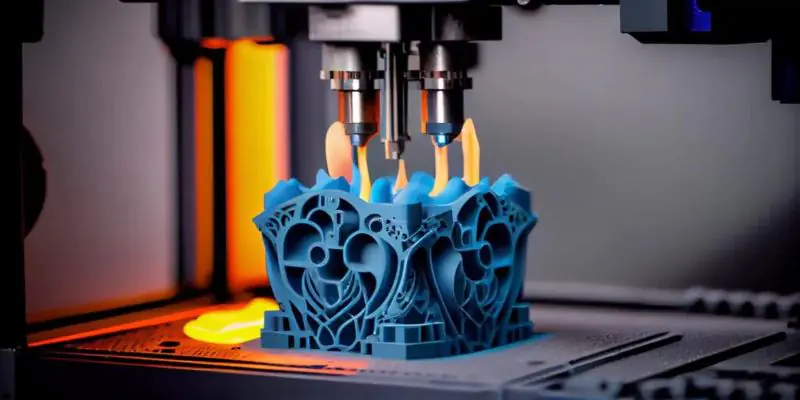Sustainable is 3D Printing Initially used for prototyping and creative tasks, this technology now plays a vital function in eco-friendly production. It reduces waste, saves power, and even helps a circular economic system. As industries attempt to cut down on their environmental effect, three-D printing, along technologies like CNC machining, is driving a shift closer to more sustainable production, with benefits starting from reduced material waste to lower energy intake.
When we speak about sustainability, we are really searching at methods to do extra with less: decreasing waste, preserving energy, and reusing resources. This isn’t just about prolonging the life of products, but additionally approximately lessening the environmental footprint of the complete production procedure. 3D printing is a first rate instance of this. It aligns with these principles at every degree, from prototyping right through to the final product.
1. Reducing Waste
One important gain of 3D Printing is its potential to seriously cut down on waste. Traditional methods like reducing or grinding often contain shaping a larger piece of material, which results in numerous waste. Picture a block of metallic or plastic wherein extra bits are shaved off and discarded—it’s far from efficient.
In contrast, 3D printing builds items layer by using layer, most effective the use of the vital cloth to carry a layout to existence. This precision means less waste and decreased strength consumption, now not to mention a lighter load on disposal strategies. By decreasing cloth waste, 3-D printing makes the manufacturing manner an awful lot extra green.
2. Cutting Down on Transport Emissions
3-d printing allows for on-demand, neighborhood production, which can lessen the want for transporting goods lengthy distances. Instead of relying on massive production hubs, groups can now produce custom objects in the direction of wherein they’re wanted. This now not most effective saves on time and prices however additionally minimizes shipping emissions.
For example, recollect a organisation needing specific components for repairs. Rather than ordering from distant places, they may 3-d print those elements in-house or at a nearby facility. This approach saves on transport, cuts down on transport emissions, or even reduces energy utilization normal—any other way 3D printing helps sustainability dreams.
3. Supporting the Circular Economy
The circular economy—wherein products are reused, recycled, or repurposed in preference to tossed away—is vital to sustainability. 3D printing helps this concept by using the use of recyclable and biodegradable substances, which don’t want sizable processing.
Many 3-D printers now use materials like Polylactic Acid (PLA), a biodegradable plastic from renewable assets together with corn starch. Unlike traditional petroleum-based totally plastics, PLA can naturally smash down, lowering its environmental impact through the years. This makes 3-D printing an super tool for selling a round economy by means of minimizing waste and permitting for material repurposing.
4. Innovative Materials for a Greener Future
3-d printing materials have come a long manner, with an increasing attention on sustainable options. Plant-based and other eco-friendly materials are now widely to be had. PLA, cited in advance, is a biodegradable plastic that breaks down plenty faster than petroleum-based totally alternatives, which could linger inside the surroundings for loads of years.
We’re also seeing the improvement of recycled plastics, composites, and even carbon-neutral substances. These improvements offer greener alternatives for groups and clients alike. As cloth generation continues to adapt, we’ll probably see even greater selections that align with sustainability desires, assisting corporations make responsible selections.
5. Eco-Friendly 3-D Printing Filaments
As sustainability takes middle degree, the 3-D printing enterprise has shifted towards greener substances. Although the era has traditionally trusted plastics, more moderen, more sustainable alternatives are rising. Plant-based totally filaments like PLA are famous because of their ability to certainly decompose, not like petroleum-based totally plastics.
However, some techniques, which include stereolithography (SLA) and virtual light projection (DLP), nonetheless depend on thermoset plastics, which aren’t recyclable. Continued innovation in materials will be vital for 3-D printing to emerge as a totally green technology.
In Conclusion
The move towards sustainable 3D Printing materials is encouraging, however it’s handiest the start. To make 3D Printing a definitely green choice, ongoing research, enterprise collaboration, and public focus will be vital. Addressing issues like plastic waste, specifically with petroleum-primarily based substances, is a assignment. But as era advances, greater eco-friendly options will probably emerge, making 3-d printing an critical part of sustainable production and assisting us construct a greener future.

